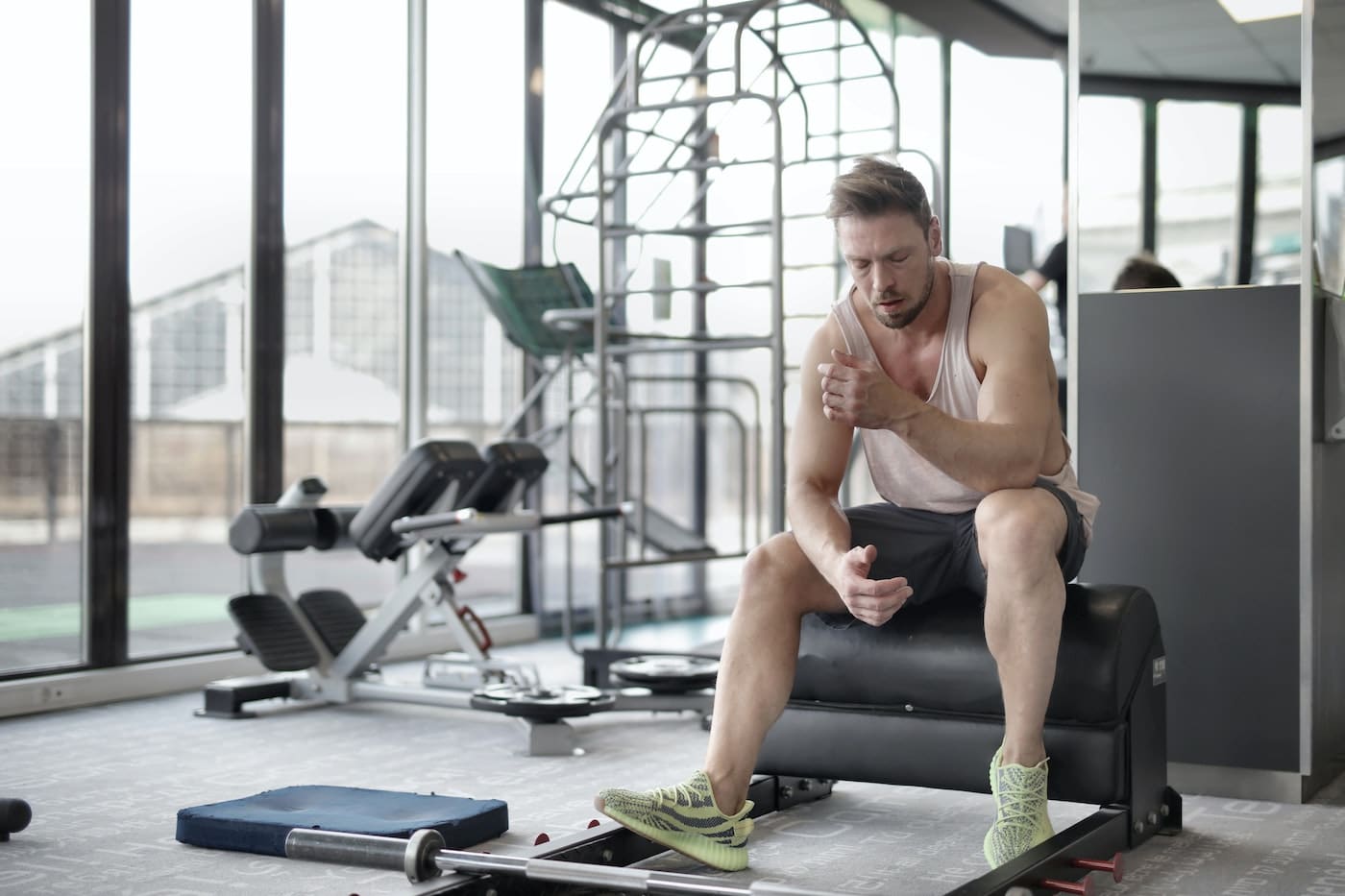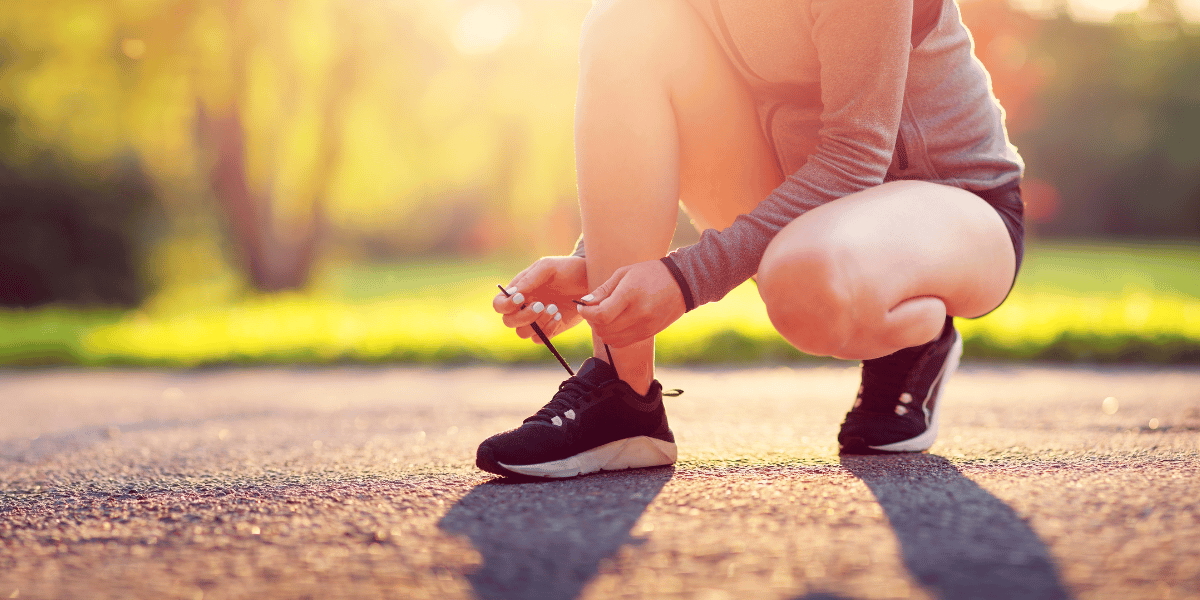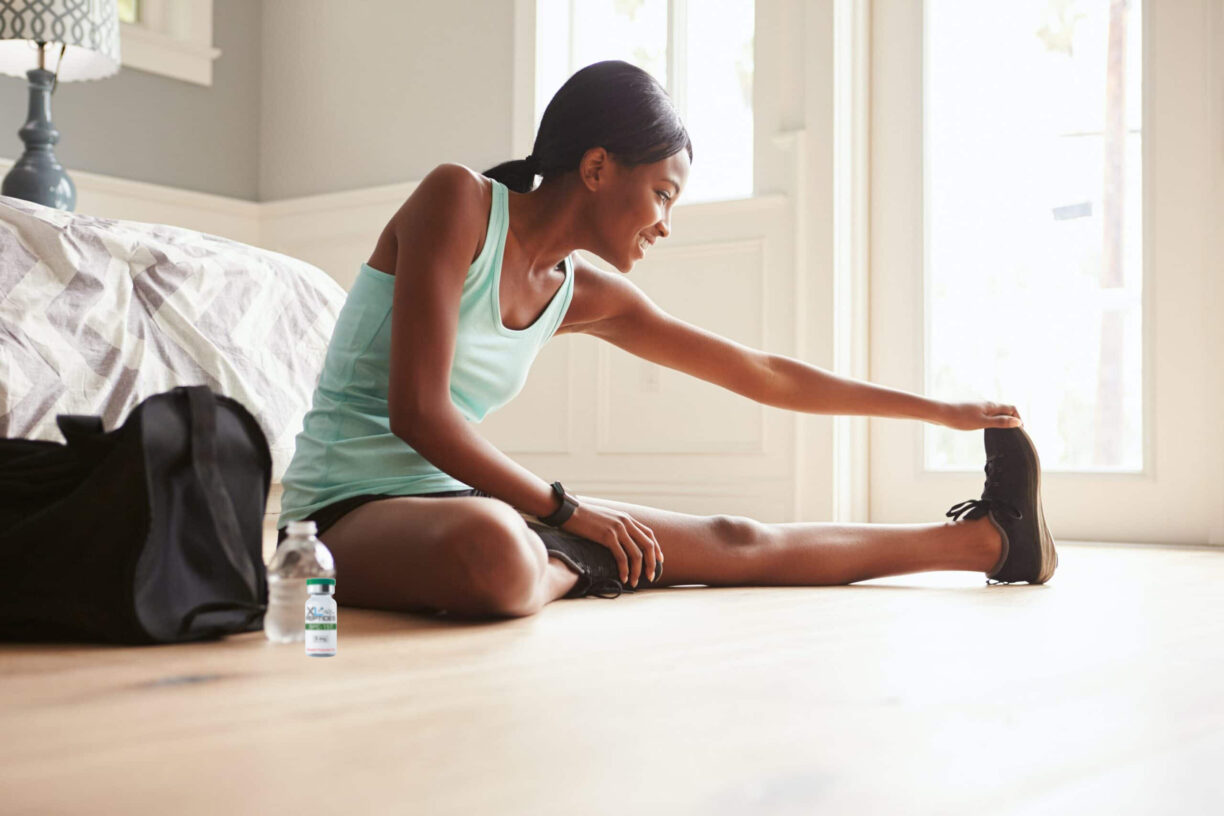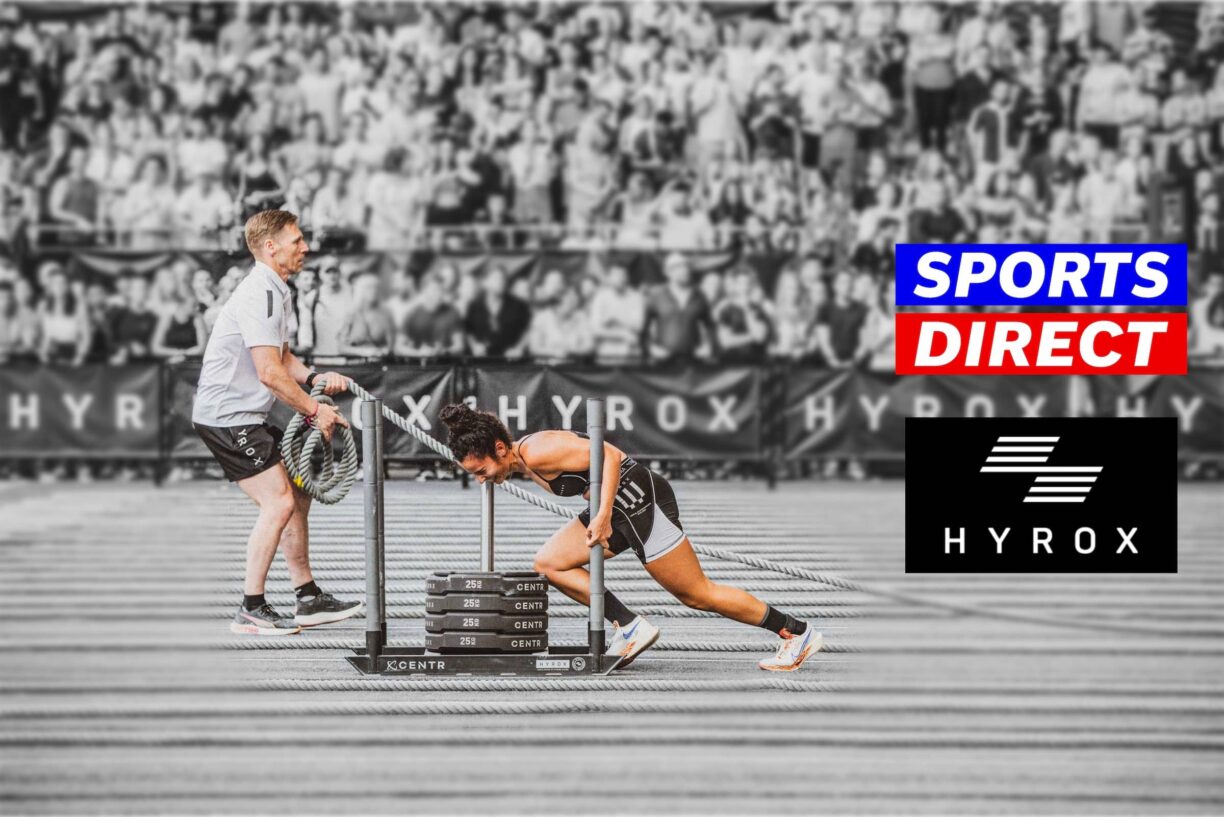Iron is the most common nutritional deficiency globally affecting more women than men and in the UK it has been shown that 25% of adult women and 49% of teenage girls are not getting enough in their diet.
It has also been shown that 5% of adult women and 9% of teenage girls have haemoglobin levels low enough to indicate iron-deficiency anaemia.
While clinically diagnosed nutritional deficiencies are not that common the symptoms of low iron in the diet can still have an impact on your health and can increase in severity if you continue to lack this nutrient in the diet.
Amongst women the lack of iron in the diet is compounded by their menstrual cycle and pregnancy.
Why do you need iron in the diet?
Iron is a component of haemoglobin, which is a protein molecule in red blood cells that carries oxygen from the lungs to all parts of the body.
As well as being involved in the production of healthy red blood cells, iron is also involved in the immune system, energy production, DNA synthesis, muscle function and the production of thyroid hormones.
How much iron do you need?
Women aged between 19 and 50 years old have a higher need for iron, with a daily recommended intake of 14.8mg per day.
Women over 55 and men over 18 years old are recommended to get 8.7mg of iron in their diet daily.
What are the signs your low in iron?
There are several signs that your diet could be lacking in iron some of which are less well known.
Sudden and long-lasting tiredness
This is one of the most common signs of iron deficiency and occurs because you are not making enough haemoglobin which carries oxygen around the body.
Without enough of this protein your tissues and muscles become deprived of energy and you heart needs to work harder to pump blood around the body which contributes to your tiredness.
You can feel tired for many reasons so diagnosis may require several other symptoms to confirm deficiency. Technology and testing in this area is constantly evolving and there are some exciting innovations which will help you to monitor your vitamin and mineral levels on the go.
santéPatch is a new non-invasive, wearable micro-patch which is placed directly onto the skin to measure and monitor your vitamin and mineral levels in just 15 minutes.
Its unique patented technology can accurately determine your vitamin and mineral levels, identifying if the levels are high, low, or within a normal range.
The data obtained is then wirelessly transmitted to an AI-powered app on your smartphone or smartwatch, explaining the findings in a simple, bite-size format.
Pale complexion
Having pale skin or a pale colour on the inside of your eyelids could also be a sign that you are low in iron.
The reason this occurs is because haemoglobin gives blood its red colouring which is why certain areas of the body can lose their colour.
Other areas of the body that may seem paler than usual include your gums and fingernails.
Headaches and dizziness
Headaches because of iron deficiency are not as common as the other symptoms and are more likely to occur in women usually alongside dizziness.
Low levels of haemoglobin in red blood cells may mean less oxygen reaches the brain causing blood vessels to swell increasing pressure and causing headaches.
Research published in the International Journal of Hemotology-Oncology and Stem Cell Research has suggested an association between migraines and iron status in women but the link remains unclear and more research is needed.
Shortness of breath
If you haemoglobin levels are low then you will not be able to carry enough oxygen around the body and as a result your muscles will not receive what they need for you to perform normal daily activities.
The outcome of this is that your breathing rate will increase as your body tries to acquire oxygen causing a shortness of breath.
Dry hair and skin
The lack of haemoglobin in your blood may reduce the amount of oxygen made available to the cells that are required for hair growth.
When hair and skin are lacking in oxygen then they can both becomes dry and weak.
It has been suggested that iron deficiency can also lead to hair loss but there is nothing abnormal about losing hair from everyday brushing or washing but if it starts to come out in clumps then this could indicate iron deficiency.
Recurrent infections
Iron is involved in immunity and in particular the turnover of immune cells such as lymphocytes which are associated with the generation if a particular response to infection.
If you are suffering with more frequent or recurrent infections then this may be a sign that you are lacking iron in your diet.
Low mood
Research has shown that a low iron status may be associated with low mood as well as feeling of anxiety and depression.
One reason for this may be due to the relationship between iron and dopamine as this mineral is required for its production.
It has also been suggested that pregnant women are more prone to depression when deficient in iron.
Weird cravings
This may be one of the strangest symptoms of iron deficiency but it is when people start to crave non-food items which is a phenomenon known as pica syndrome (named after the magpie who collects various items to attract a mate).
The types of things some people may crave when deficient in iron are ice, clay, dirt, chalk or paper.
Foods high in iron
- Grilled fillet steak
- Liver
- Black strap molasses
- Mussels
- Kale
- Dried figs
- Soya beans
- Lentils
- Oats
- Quinoa
- Tofu
- Eggs
- Brazil nuts
- Canned beans and pulses
- Dried herbs and spices
- Fortified breakfast cereals
What should you do if you think your suffering with iron deficiency?
If you think you may be at risk of iron deficiency then you should contact your GP who can run a blood test to assess your status. If your results show a low level of haemoglobin amongst other things then you will be advised to take iron supplements such as Healthspan Iron Care (£6.95 for 120 tablets) as well as being given advice about the foods you should be including more of in your diet.





